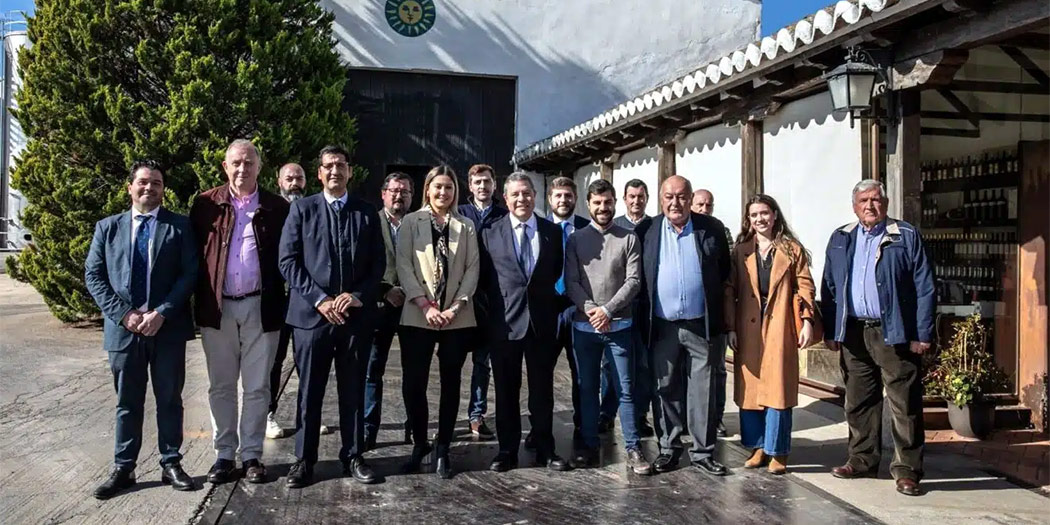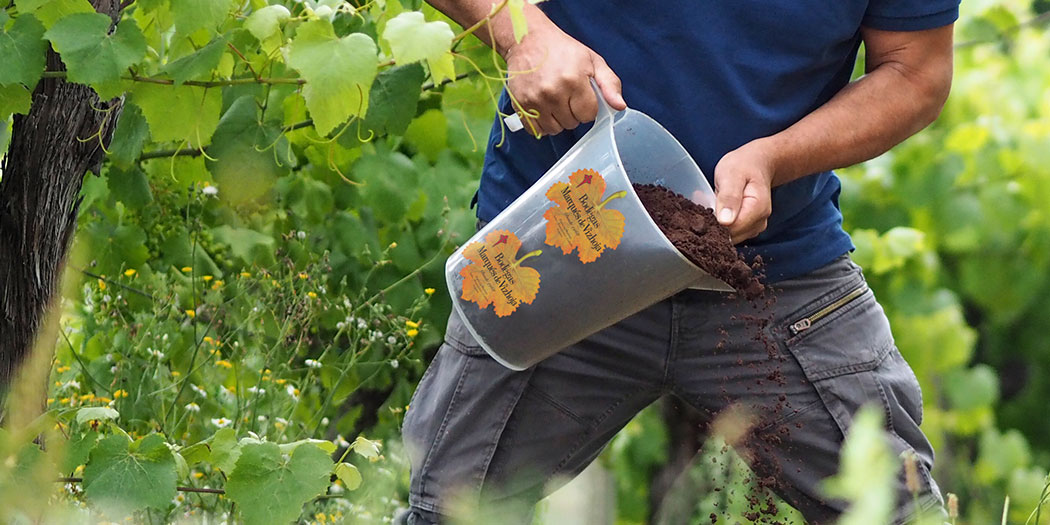In something of a surprising Valentine’s Day “gift”, on 14 February, Brussels approved Spain’s newest denomination of origin, Campo de Calatrava.
Located in the vast territory of Castilla-La Mancha around Ciudad Real (about 100km to the south of Toledo) this was a region that had been previously covered by the Vino de la Tierra Castilla, but with their own demarcated subzone. While the timing was a surprise, the elevation to DO wasn’t a shock as this has been in the works for just over a decade. The initial paperwork had been filed towards the end of 2013, which sounds about right given how slow these things move these days. It does however bring the total number of DOs in Castilla-La Mancha to nine, along with the VdT of Castilla.
With 13,000ha of vineyards, Campo de Calatrava is by no means a small DO although there are only eight wineries currently registered within it. It happens to share the name with a DO for olive oil as well and there are 16 municipalities within this province of Ciudad Real where grapes can be grown and produced, interestingly not including the capital of Ciudad Real proper.
As to why this region necessitated its own Protected Denomination of Origin, the backers claim that it’s due to the unique volcanic soils which include more than 240 extinct volcanic peaks. As this is in the center of Spain on its central plateau, the altitude is also quite high with the majority of vineyards sitting between 700-900m and, as is typical, rainfall is quite low at an average of 400mm a year–probably even less in the most recent years. Despite this, they state that there’s a great deal of underground water in various areas that will allow for vine cultivation.
It’s a DO that’s for all colors of wine including: white, rosé, and red, semi-sweet, sweet, and dry, still and sparkling.
Varieties are rather typical for La Mancha in being quite broad, including: Tempranillo (Cencibel locally), Cabernet Sauvignon, Merlot, Syrah, Bobal, Petit Verdot, Cabernet Franc, Graciano, Garnacha Tintorera, and Malbec for the reds. Then for the whites they allow: Airén, Macabeo, Verdejo, Chardonnay, Muscat à Petits Grains, Sauvignon Blanc, Riesling, Muscat d’Alexandrie, Gewürztraminer, Viognier, Albariño.
It’s something of a surprise to see a new DO arrive to Spain as the last batch of: Granada, Gomera, and Gran Canaria were established all the way back in 2009. Since then, it seems to have been a great deal more popular to create new Vinos de Pago which, despite sitting at the same PDO level as a Spanish DO, are quite different as they’re far smaller and lack a governing board. The last of those were from 2022 and included: Dehesa Peñalba, Bolandin, and Abadia Retuerta.
In any case, hopefully more DOs will be coming as at this point, the process is largely out of Spain’s hands and sits with Brussels who make the final decision at a harmonized, EU level. But if anything, Spain definitely needs more DOs and ideally smaller ones to break up all the unique vineyard lands that a spread across the country.


